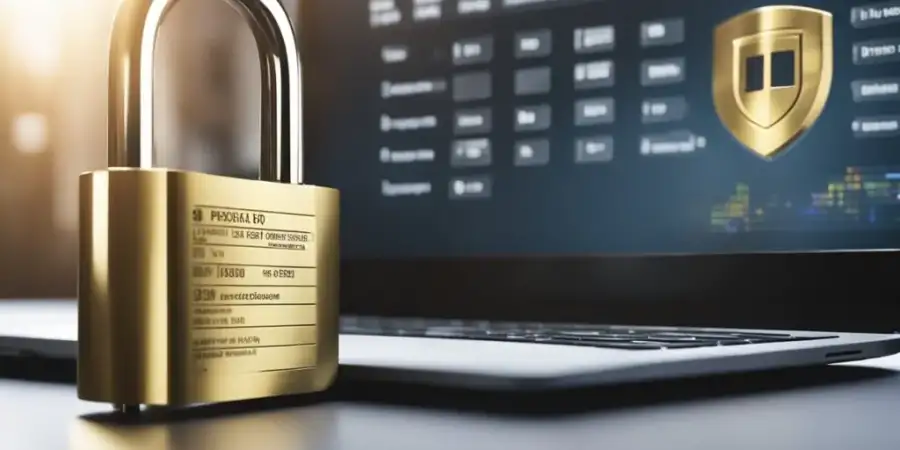Digital asset breaches are an increasing concern for businesses operating in the blockchain and Web3 space. While the immediate loss of funds is alarming, the impact extends far beyond financial damage. Regulatory fines, operational disruptions, and reputational harm can cripple businesses in the long term. Understanding the true cost of digital asset breaches is crucial for companies looking to mitigate risks and ensure resilience in an evolving threat landscape.
The True Cost of Digital Asset Breaches
Regulatory Penalties and Compliance Fallout
The regulatory landscape for digital assets is evolving, with increasing scrutiny from governments and financial authorities worldwide. Following a breach, companies may be subject to regulatory investigations, which can result in significant fines, trading restrictions, or mandatory security audits.
Regulators expect digital asset firms to implement robust security measures and compliance frameworks to prevent cyber threats. A breach can expose gaps in compliance, leading to operational disruptions and increased regulatory oversight.
Case Study: After the 2019 Binance hack, regulators imposed stricter Know Your Customer (KYC) and Anti-Money Laundering (AML) requirements, forcing the exchange to overhaul its security and compliance measures.
Operational Disruptions and Business Losses
A breach often results in service outages, transaction delays, and loss of liquidity. Trading platforms and custodians rely on real-time transactions, and any disruption can result in millions of dollars in lost revenue.
For DeFi platforms, a security exploit can erode user confidence, causing mass withdrawals and liquidity crises. Even after operations resume, companies may struggle to regain the trust of investors and users.
Case Study: Following the Crypto.com breach in 2022, the company had to temporarily halt withdrawals, leading to frustration among users and a decline in trading activity.
Legal and Liability Risks
Cyber breaches frequently lead to legal disputes and financial claims. Affected users may file lawsuits against digital asset platforms for failing to implement adequate security measures, while investors may seek compensation for lost funds.
Legal battles can be costly and prolonged, with some cases leading to class-action lawsuits that can significantly impact a company’s financial stability.
Case Study: The collapse of FTX triggered multiple lawsuits from investors and users, alleging mismanagement and failure to protect customer funds.
Reputational Damage and Loss of Market Confidence
Trust is a critical factor in the digital asset industry. A breach can damage a company’s reputation, weaken investor confidence, and cause long-term market instability. Competitors may capitalize on the incident, leading to customer migration and a decline in trading volumes.
Rebuilding credibility after a breach is challenging. Companies often need to invest in public relations efforts, security enhancements, and compensation programs to restore user confidence.
Case Study: The 2014 Mt. Gox hack not only resulted in the loss of 850,000 bitcoins but also led to the company’s bankruptcy. Even years later, the incident remains a reference point for security risks in digital assets.
Extortion and Ransom Demands
Some cybercriminals do not immediately liquidate stolen funds but instead use them as leverage for ransom demands. Companies may face demands for payment in exchange for returning assets, preventing further attacks, or withholding sensitive data from being leaked.
While some firms attempt negotiations, there is no guarantee that attackers will honor their agreements. Moreover, paying ransoms can set a precedent, making companies repeat targets for future attacks.
Case Study: The Poly Network hack in 2021 saw an unusual turn of events where the hacker eventually returned most of the stolen $600 million, but not all breaches end in a similar resolution.
How Digital Asset Insurance Supports Recovery from Digital Asset Breaches
While cybersecurity measures are critical in preventing breaches, they cannot eliminate the risks entirely. Digital asset insurance provides a financial safety net to help businesses recover from the long-term impact of cyber incidents.
| Coverage Area | How It Helps | Coverage |
Cybersecurity and Hacking Protection | Covers financial losses due to cyberattacks, hacking incidents, and unauthorized access. | Cyber Insurance |
Loss of Private Keys | Provides coverage for losses arising from lost, stolen, or compromised private keys. | Specie Insurance |
Exchange and Custodian Risks | Protects against losses caused by third-party exchange hacks, fraud, or insolvency. | Crime Insurance |
Regulatory and Legal Protection | Covers legal expenses, regulatory fines, and compliance-related costs after a breach. | Professional Indemnity Cyber Insurance |
Business Interruption Coverage | Compensates for income loss and operational expenses due to cyber incidents or technical failures. | Cyber Insurance |
| Errors and Omissions | Addresses liabilities from mistakes, negligence, or failures in providing digital asset services. | Professional Indemnity Insurance |
| Fraudulent Activities | Covers losses from internal fraud, employee dishonesty, or deceptive acts leading to asset misappropriation. | Crime Insurance Specie Insurance |
| Physical Damage and Loss | Provides coverage for damage, theft, or loss of physical infrastructure like hardware wallets and servers. | Crime Insurance Specie Insurance |
Summary
The financial losses from a digital asset breach are often only the beginning. The long-term consequences—regulatory penalties, operational disruptions, legal battles, and reputational damage—can be even more devastating.
As the digital asset industry continues to grow, businesses must move beyond basic cybersecurity and adopt a comprehensive risk management strategy that includes both preventative measures and financial protection through insurance.
For digital asset firms, the question is not just how to prevent an attack, but how to survive one.
Would you like to explore how digital asset insurance can support your business? Get in touch to learn more.
